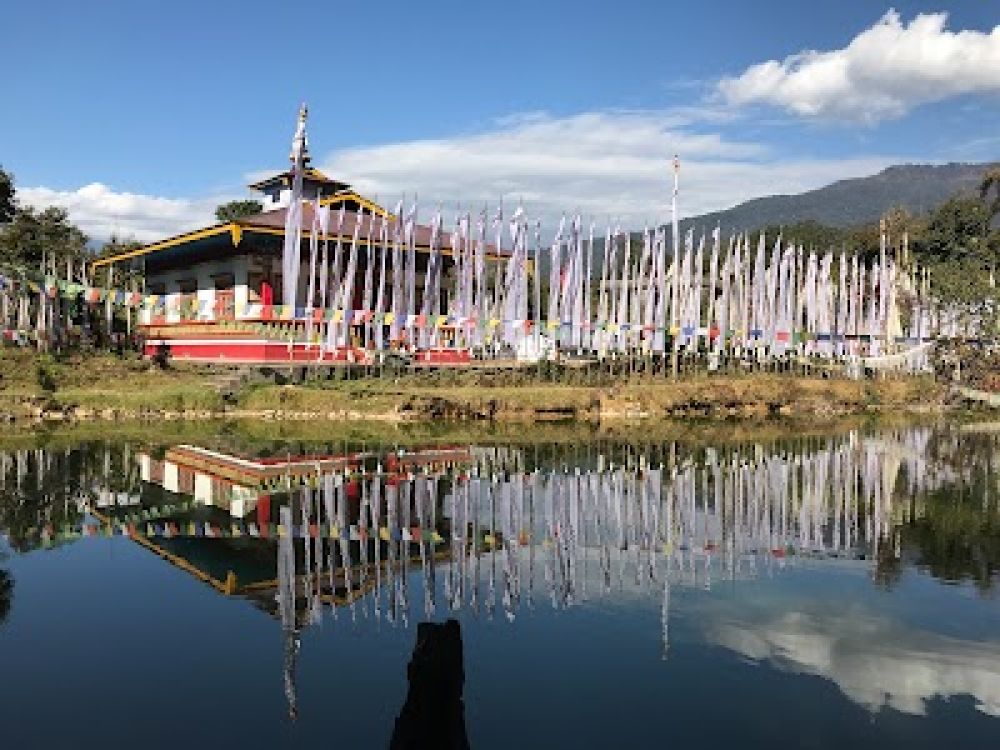

Doling Monastery, positioned amidst the serene landscape of Ravangla in South Sikkim, is a significant sanctuary of spirituality and culture. This beautiful monastery, part of the Nyingma sect of Tibetan Buddhism, stands as a testament to Sikkim's rich religious history and its melting pot of diverse traditions and practices.
The history of Doling Monastery is deeply entwined with the spread of Buddhism in the Himalayan region. Founded in the 17th century, the monastery has served as a hub for spiritual education and practice for centuries. It was established to preserve the teachings of Guru Padmasambhava, also known as Guru Rinpoche, who is credited with introducing Buddhism to this region.
The structure we see today has undergone renovations and reconstructions to maintain its architectural splendor and spiritual ambience. Over the years, it has attracted many monks, nuns, and spiritual seekers who live and practice here, contributing to the spiritual aura of the place.
Tourism at Doling Monastery has a relatively recent history compared to its spiritual past. Sikkim opened its doors to tourism in the 20th century, and since then, there has been a gradual influx of tourists seeking to experience its culture, nature, and spiritual wisdom. The monastery, with its tranquil setting and beautiful traditional architecture, soon became a highlight for travelers visiting Sikkim.
In the last few decades, the Sikkim government and various tourism boards have promoted Doling Monastery as a must-visit destination for those looking to explore the unique heritage of the state. Its inclusion in various cultural circuits and spiritual tours has increased its popularity among both domestic and international tourists.
The latest trends in tourism at Doling Monastery reflect a growing interest in experiential and mindful travel. Tourists are not just visiting the monastery; they are seeking to participate in the day-to-day life of the monks, learn meditation, and understand Buddhist philosophies. The trend is moving towards sustainable, responsible tourism, with visitors being more conscious of the ecological and cultural impact of their travels.
Accommodation offerings around Ravangla and Doling have adapted as well, providing more homestays and eco-friendly hotels that allow tourists to immerse themselves in the local lifestyle while minimizing their carbon footprint.
Furthermore, with global connectivity and the rise of social media, the visually striking backdrop of Doling Monastery and its vibrant festivals have garnered significant attention, enabling a broader audience to discover this hidden gem in the Himalayas.
As the world evolves, Doling Monastery remains a timeless beacon of peace and spirituality, welcoming all who seek solace and wisdom amidst its serene embrace.